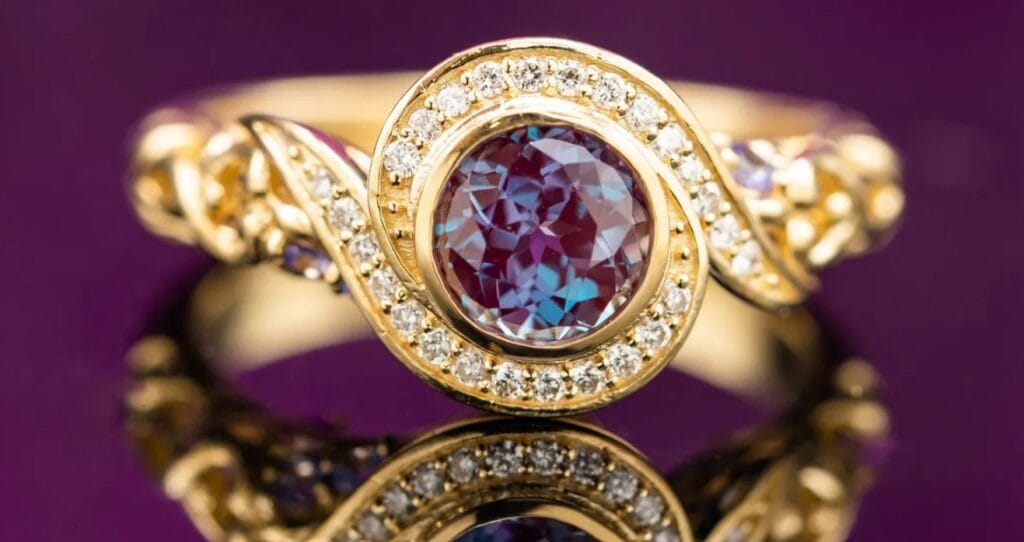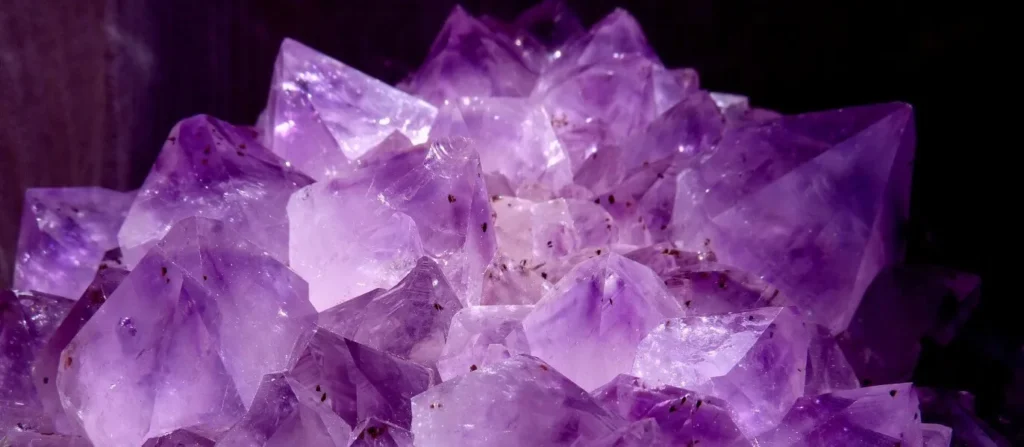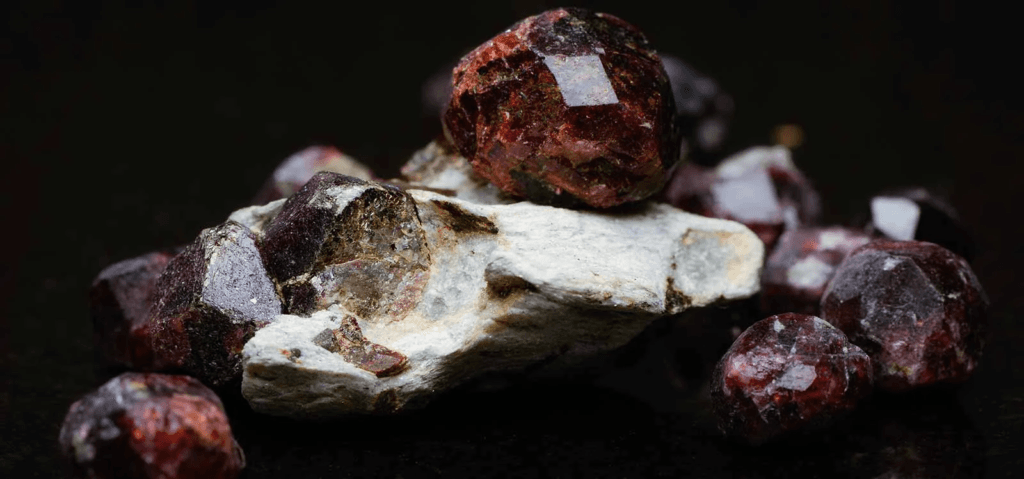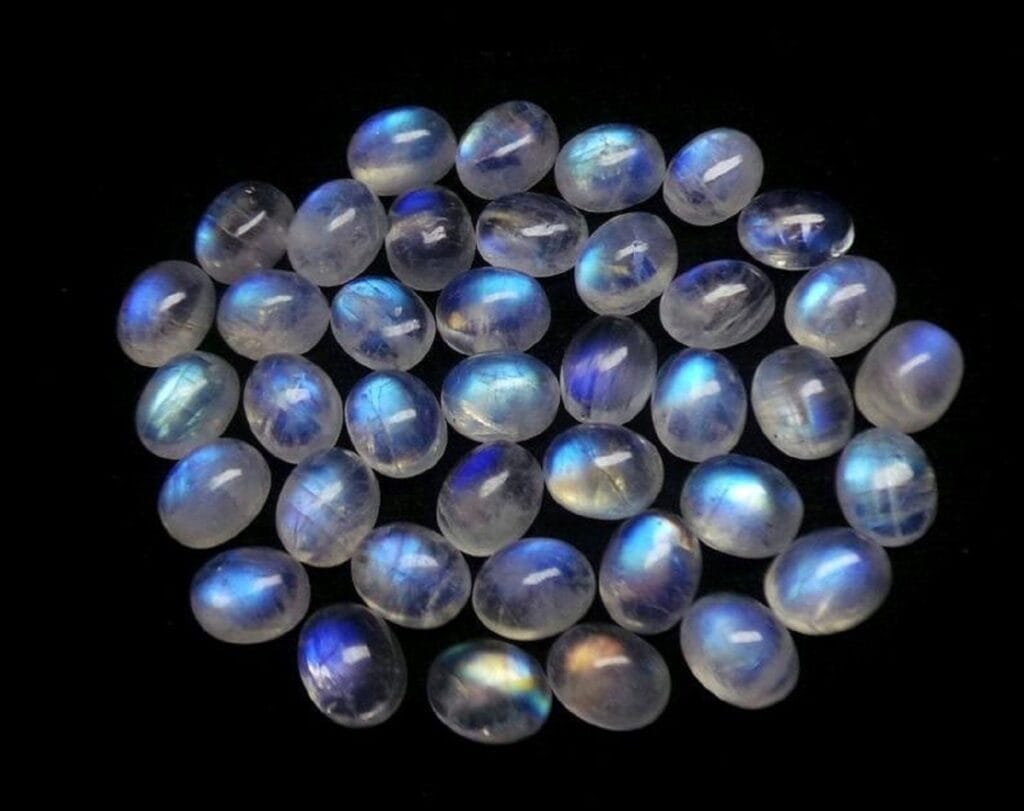Introduction
Alexandrite is a rare and valuable gemstone known for its extraordinary color-changing property, often described as “Emerald by day, Ruby by night.” This unique optical phenomenon has fascinated gem enthusiasts and collectors for centuries. Discovered in the Ural Mountains of Russia and named after Czar Alexander II, Alexandrite holds historical significance and continues to captivate with its mesmerizing beauty. While Russia remains the original source, India has also emerged as a key player in the Alexandrite market, with significant deposits found in various regions. This article explores the captivating allure of Alexandrite, highlighting its rarity, beauty, and the significance of Indian deposits in the global gem market.
What is Alexandrite?
Alexandrite is a variety of chrysoberyl renowned for its unique optical properties. The gemstone’s remarkable color change is due to the presence of beryllium and chromium in its chemical composition. Under natural daylight, Alexandrite appears green or blue-green, while under incandescent light, it transforms into a striking red or purplish-red. In addition to its color-changing ability, Alexandrite boasts impressive physical properties, including a hardness of 8.5 on the Mohs scale, a brilliant luster, and good clarity, making it a durable and visually appealing gemstone.
Where is Alexandrite Found in India?
India is home to several notable Alexandrite deposits:
- Andhra Pradesh (Nellore district)
- Odisha (Sundergarh district)
- Tamil Nadu (Karur region)
Indian Alexandrite is highly valued for its deep and vibrant color-changing effect, making it a sought-after gemstone among collectors and gemologists. The unique geological conditions of these regions contribute to the formation of high-quality Alexandrite, further cementing India’s place in the global gem market.
Why is Alexandrite So Rare?
The rarity of Alexandrite is attributed to the unique geological conditions required for its formation. Alexandrite forms in the presence of beryllium and chromium, which are seldom found together. Indian Alexandrite is often compared to its Russian, Brazilian, and Sri Lankan counterparts, each with distinct characteristics. The limited availability of high-quality Alexandrite and the high demand in the gem market make it an exceptionally rare and valuable gemstone.
How is Alexandrite Priced?
The price of Alexandrite is influenced by several factors:
- Color Change Intensity: A 100% color shift is the most valuable.
- Clarity and Size: Larger, cleaner stones are extremely rare and expensive.
- Origin: Russian Alexandrites are the most expensive, followed by Indian and Sri Lankan varieties.
Market prices for Alexandrite vary, but Indian Alexandrite often fares well due to its impressive color change and quality.
Uses of Alexandrite in Jewelry
Alexandrite is popular in various jewelry designs, including:
- Rings
- Necklaces
- Earrings
Its hardness (8.5 on the Mohs scale) makes it an excellent choice for engagement rings and other durable jewelry pieces. The growing trend of lab-created Alexandrites offers an affordable alternative for those seeking the beauty of this gemstone without the high price tag.
Myths, Legends, and Astrological Significance
Alexandrite is considered a stone of luck and prosperity, believed to bring harmony, creativity, and emotional balance. In Vedic astrology, Alexandrite is a powerful gemstone associated with Mercury (Budh), enhancing intellectual and communicative abilities.
How to Identify Genuine Alexandrite
To identify genuine Alexandrite:
- Check for color change under different lights.
- Examine inclusions and clarity; natural stones usually have some inclusions.
- Obtain certification from a reputable gemological lab. Beware of synthetic and imitation stones that mimic Alexandrite’s appearance.
Conservation and Ethical Sourcing
Sustainable mining practices are crucial for conserving Alexandrite deposits. Purchasing from certified dealers ensures ethical sourcing and supports responsible mining efforts. Indian mines contribute significantly to the global Alexandrite supply while adhering to ethical standards.

Conclusion
Alexandrite’s rarity, beauty, and significant presence in India make it a prized gemstone for collectors and enthusiasts. Its investment value and spiritual benefits add to its allure, making Alexandrite a unique and valuable addition to any gem collection. As we continue to appreciate this exceptional gemstone, let us also prioritize ethical sourcing and conservation efforts to preserve its legacy for future generations.
-
Who is Sonam Raghuwanshi? Understanding Their Influence on India’s Political Landscape in 2025

Sonam Raghuwanshi rose to national prominence when accused of orchestrating her husband’s murder during their honeymoon — a crime that unfolded across states and captured media attention. This case has spotlighted her name across keywords like sonam raghuwanshi, sonam raghuwanshi news, sonam raghuwanshi latest news, sonam raghuwanshi case, sonam raghuwanshi indore, sonam raghuwanshi boyfriend, sonam…
-
Keezhanelli Uses – Exploring Origins, Health Benefits, Intake limits and more

Keezhanelli leaves, derived from the plant Phyllanthus niruri, are celebrated in traditional medicine systems for their wide-ranging health benefits. Known by various names around the world, such as stonebreaker, seed-under-leaf, and bhumyamalaki, these leaves have a rich history and a variety of uses. In this article, we will delve deep into the world of Keezhanelli…



